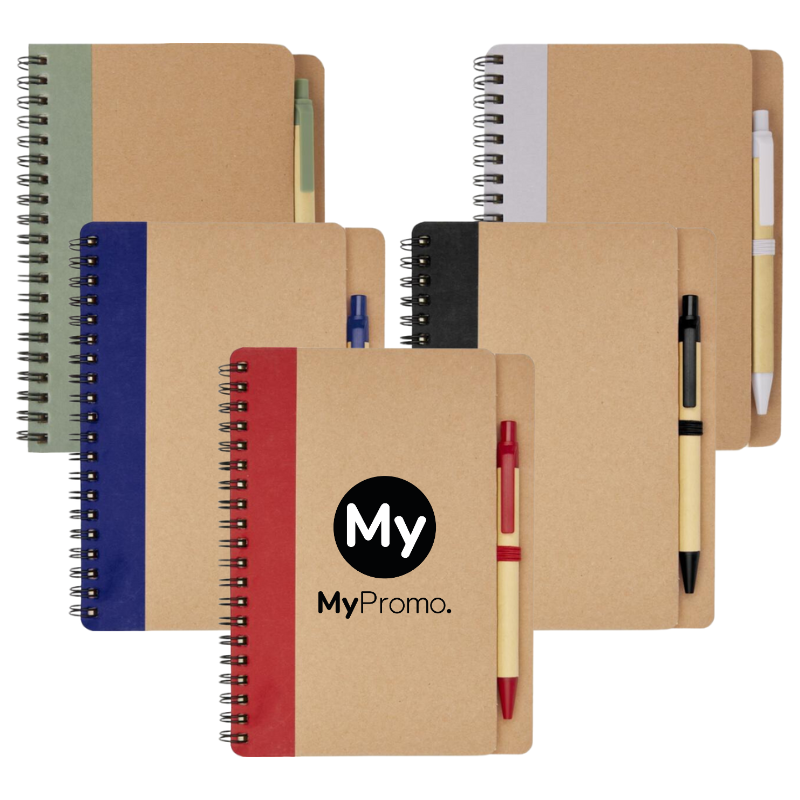Paper
What is paper?
Paper is a versatile material made from cellulose fibers, typically derived from wood, cotton, or other plant sources. Its importance in the manufacturing and promotional gifts world is immense due to its wide range of applications and ease of use. Historically, paper dates back to ancient China around 105 AD and has since become fundamental in communication, education, packaging, and many other fields.
Common properties and characteristics of paper
Paper is known for its lightweight nature, making it easy to handle and transport. It has high absorbency, allowing it to retain ink and other liquids well. Paper can be produced in various thicknesses and textures, providing versatility for different applications. It is also biodegradable and recyclable, making it an environmentally friendly option. Additionally, paper can be easily printed on, folded, and shaped, enhancing its utility in various fields.
Common applications and notable examples
Paper is used in a variety of industries due to its adaptable properties. In the printing and publishing industry, paper is essential for books, newspapers, and magazines. The packaging industry relies heavily on paper for boxes, bags, and wrapping materials. In the realm of promotional products, paper is used for personalised items such as personalised calendars, personalised notebooks, and greeting cards. The ability to easily customise paper with logos, messages, and designs makes it a popular choice for promotional gifts.
Advantages of using paper in manufacturing
One of the primary advantages of using paper in manufacturing is its sustainability. Paper is made from renewable resources and is recyclable, reducing environmental impact. Its lightweight nature helps lower transportation costs and energy usage. Paper is also cost-effective and widely available, making it accessible for various manufacturing needs. The ease with which paper can be printed on and customised adds to its appeal for creating unique and branded products.
Comparison with other materials
Compared to other materials like plastic and metal, paper offers distinct benefits. Unlike plastic, paper is biodegradable and does not contribute to long-term pollution. It is also easier and cheaper to produce than metal, making it a more economical choice for many applications. However, paper is less durable and moisture-resistant than plastic and metal, which can be a limitation for certain uses. Despite these limitations, paper's versatility, sustainability, and cost-effectiveness make it a valuable material in many industries.
Potential challenges and limitations
While paper has many advantages, it also faces some challenges. Paper's susceptibility to water damage and tearing can limit its use in certain applications. Additionally, the production of paper involves significant water and energy consumption, which can impact the environment if not managed responsibly. Advances in recycling and sustainable forestry practices are helping to mitigate these issues, making paper a more sustainable option over time.
Common uses of paper
| Industry | Application Examples | Customisation Options |
|---|---|---|
| Printing and Publishing | Books, Newspapers, Magazines | Printing, Binding |
| Packaging | Boxes, Bags, Wrapping | Logos, Branding, Designs |
| Promotional Products | Calendars, Notebooks, Cards | Personalisation, Custom Printing |
What is paper made from?
Paper is primarily made from cellulose fibers derived from wood, cotton, or other plant sources.
How is paper recycled?
Paper is recycled by collecting used paper, cleaning it to remove ink and contaminants, pulping it, and then reforming it into new paper products.
What are the environmental benefits of using paper?
Paper is biodegradable, recyclable, and made from renewable resources, making it an environmentally friendly option compared to many other materials.
Why is paper used in promotional products?
Paper is used in promotional products because it is easily customisable, cost-effective, and versatile, allowing for a wide range of designs and applications.
What are some common uses of paper in everyday life?
Common uses of paper include writing and printing (books, newspapers), packaging (boxes, bags), and personal products (notebooks, greeting cards).








